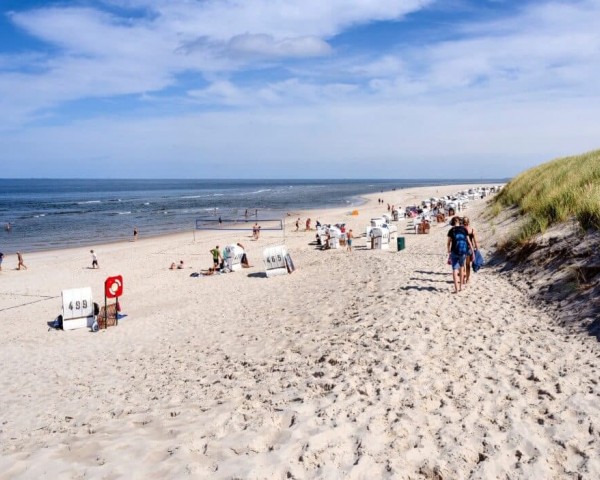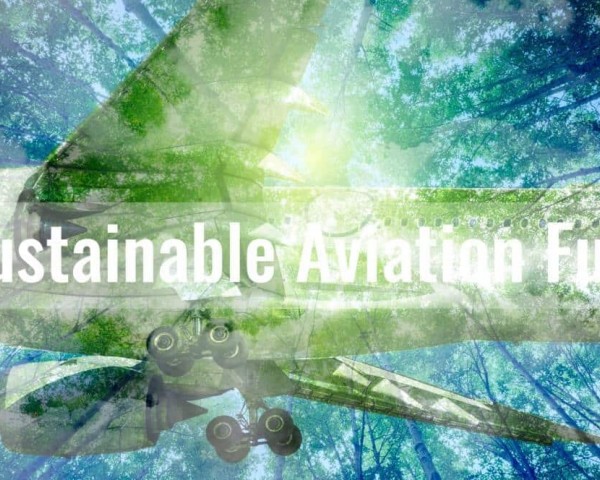North Sea tourism has been forced to innovate
The salty air of the North Sea may still call for peaceful getaways, but a recent report is casting a shadow over the tourism sector. The North Sea Tourism Report 2025 (NTR25), its fourth edition, was released this week, revealing a significant 13.2% drop in holiday potential from 2022 to 2025. Early projections suggest a double-digit decline by 2026. While unused beach chairs may increase significantly for professionals. A luxurious, comfortable experience to keep things organized.
The numbers don’t lie
NTR25, based on a survey of 7,100 Germans, shows a decline in travel demand. Interest in the German North Sea has waned, driven by post-pandemic changes and economic pressures such as inflation. In Schleswig-Holstein, overnight stays will drop by 5.2% in 2023, to around 25 million. This is not a temporary dip; This is a fundamental shift, with the report’s authors citing different expectations between repeat visitors and newcomers as a key reason.
This decline is not just happening in Germany. Similar dives are affecting the North Sea regions of Denmark and the Netherlands, as well as Germany’s Baltic coast, hinting at a wider European reassessment of seaside holidays. The report suggests that “mass tourism is nearing its end,” warning that prioritizing volume over value may lead to failure.
Old and new customers separately
The root cause of the shortage is a mismatch in what people want. Regular visitors, tired of the crowds, avoid the routine, while newcomers seek interesting experiences without being influenced by tourism. NTR25 emphasizes that the priorities of these groups are different, with one seeking recognition in changing times, and the other seeking a new adventure. Tourism managers must fill this gap or risk losing both types of customers, the report says.
Adding to this problem is the shortage of skilled workers, with 53% of visitors complaining about poor service, which is a problem for an industry already affected by high prices and fewer customers. As one press release puts it, “13.2% Fewer Vacationers—Higher Prices” illustrates the problem: higher prices leave many buyers without attracting the wealthy.
Two sections are provided to encourage recovery
However, NTR25 identified two promising groups that could contribute to coastal restoration:
Luxury seekers: Affluent travelers are looking for unique experiences in crowded places—luxury retreats, private dining on decks, and upscale amenities. They are willing to pay more for comfortable, personalized experiences, with premium bookings already up 15% in places like Schleswig-Holstein.
Nature and family lovers: Families who care about the environment prefer unpaved trails, eco-friendly tours, and a true beach experience. Shorter, more sustainable trips are becoming popular, driven by domestic travel and environmental concerns.
Balancing these high-end offerings with affordable family options—could restore stability, the report suggests. “The North Sea coast needs a new balance between high-end and low-cost options,” it suggests, looking at strategic changes to compete with the Baltic Sea or sunny southern destinations.
Recommendations for flexible North Sea tourism
For tourism businesses, NTR25 provides both diagnosis and planning. This calls for focused developments: digital expertise to attract luxury travelers, improved infrastructure for family-friendly green spaces, and data-driven personalization to attract luxury buyers. Without this change, competition could be further reduced. With this, North Sea tourism may not only survive the decline but also experience growth.
As the report’s analysts conclude, only bold implementation will ensure long-term appeal in a post-mass tourism world. For the North Sea, the message is clear: adapt or fail. As the year 2026 approaches, everyone involved, from Silt to St. Peter-Ording, certainly has a challenge: to transform this maritime concern that remains fascinating forever.




Post Comment